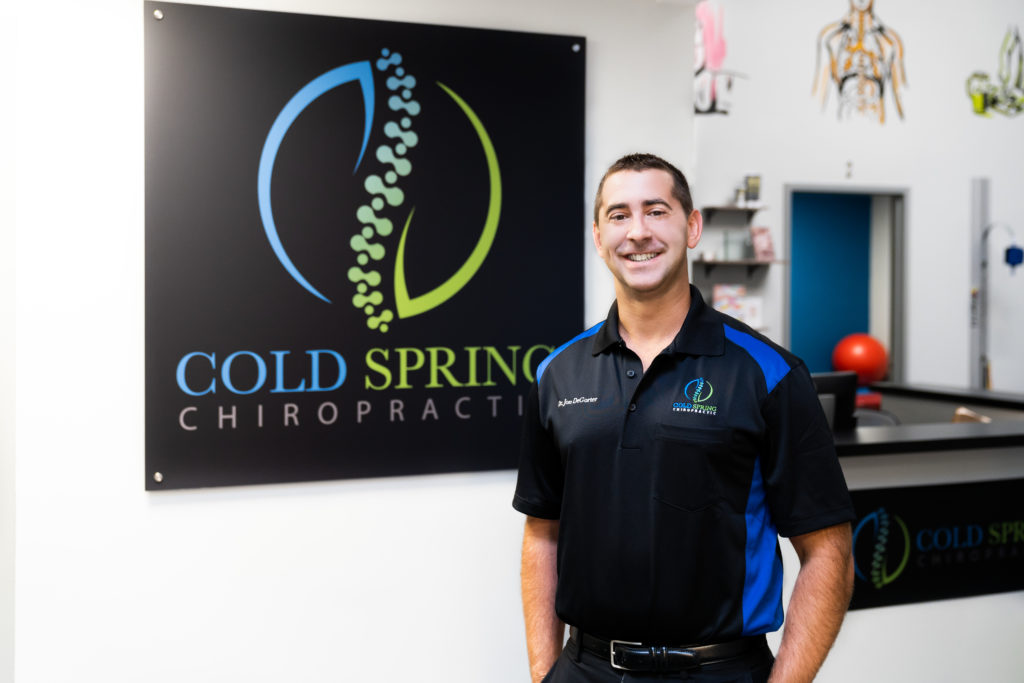Sciatica or Piriformis Syndrome?
Posted on October 14, 2022If you ever had a shooting pain down the back of your leg, you immediately think sciatica! But are you suffering from sciatica or piriformis syndrome? Either can be debilitating for a runner and very difficult to continue training through. Most athletes stop running for a long period to rest and heal.
The piriformis muscle is buried deep underneath the gluteals. When the piriformis is irritated it causes the muscle to spasm and tighten, compressing and irritating the sciatic nerve. Repetitive motion is the most common cause of inflammation in the piriformis, which is why it mostly affects distance runners and soccer players. Sciatica is often caused by a herniated disc or degenerative arthritis of the spine, whereas piriformis syndrome is irritation of the sciatic nerve as it passes through or alongside the piriformis muscle.
Sciatica and piriformis have similar symptoms – pain that radiates from the buttocks, down the thigh, and up into the spine – making it difficult to differentiate between the two injuries. Both cause pain, tingling, burning, electrical shock sensations, or numbness down the leg, often all the way to the foot. And both can be related to poor running form and biomechanics.
Piriformis syndrome pain is more localized in the hip and buttock, whereas sciatic pain tends to radiate more down the leg. A common sign of sciatica is pain down the leg when you bend over. Almost twenty percent of people have the sciatic nerve going through the piriformis, making them predisposed to sciatica caused by piriformis syndrome. Once you’ve had sciatica, it is very likely you will experience it again. Certain people are simply predisposed because of their anatomy. Listening to your body and knowing the signs of inflammation before intense pain sets in will help stop the cycle of injury.
Despite similar symptoms, treatment for each injury is different, making a proper diagnosis important for the best results. The first priority is alleviating the pain by relaxing the muscle through heat, electrotherapy, massage and stretching, followed by strengthening exercises to prevent re-injury while gradually returning to previous training levels.
Stretching the piriformis, along with rest and anti-inflammatories, can decrease symptoms. But the piriformis is a difficult muscle to isolate and stretch properly. A trained sports therapist can reach the muscle and get deep into the tight area to relax the muscle spasm and increase blood flow to the tissues.
With sciatica it is important to work with a doctor who knows when and what type of motion can be reintroduced to this area, using a specifically designed program of exercises and stretches to properly engage the muscles with techniques to get deep into the tissues and muscle to reduce the compression of the sciatic nerve.
Active Release Technique® (ART) and Graston Technique® are very effective therapies for releasing the tension in the piriformis. A trained ART therapist will know how to repeatedly contract and relax the piriformis using a muscle movement technique while rotating the femur and hip area.
Your individual treatment plan may include Cold Laser and/or Radial Pulse Therapy as well. Cold Laser Therapy consists of high-powered light using a combination of radiances working synergistically to accelerate pain relief and healing. Radial Pulse Therapy delivers a series of high-energy percussions to the affected area to improve muscle tone, increase localized blood circulation and alleviate muscular aches and pains.
The techniques and therapy provided by Cold Spring Chiropractic are natural and non-invasive and have successfully helped many athletes work through injury to get back to pain-free running.


